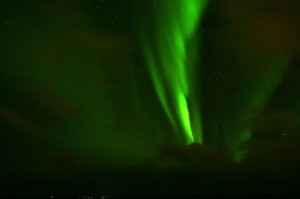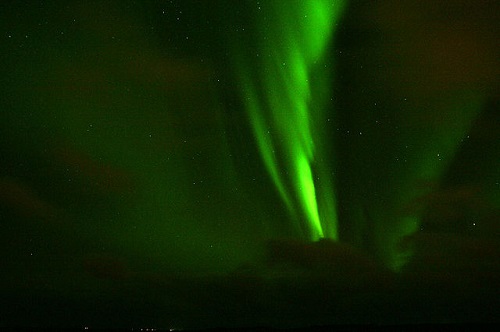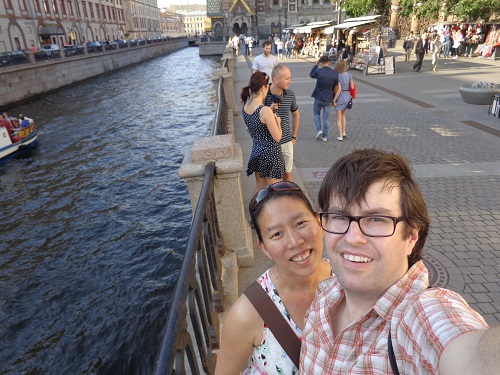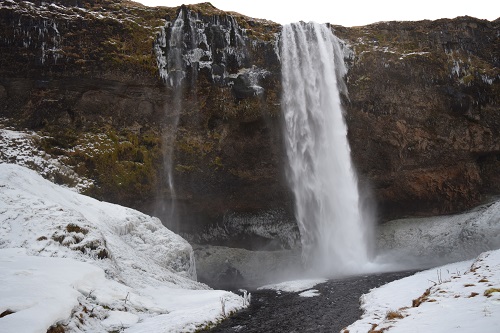We travel not to just ‘see the sights’ – when we decided on a trip to Iceland in winter, we had planned to see more than just the waterfalls and the volcanic plains and beaches; we wanted something extraordinary, something that required not just being there, but also a bit of luck.
That something extraordinary was the northern lights, the aurora borealis.

In summary, Aurora Borealis appears when Earth’s magnetosphere is disturbed by strong solar winds, where earth directs these energy to the poles’ magnetic fields where the lights then occur.
And between October and March thousands flock towards to northern end of our beautiful planet (Russia, China, Scandinavian countries, and Canada for example) in search of this amazing natural phenomenon.
The Legends and Stories of the Northern Lights
The northern lights are the basis for many legends across this world. It is said that it was a glimpse of the lights that sparked the believe in dragons in China and Russia; the Algonquin Indians of Canada believes that the lights were a symbol of their creator Nanahbozho; and in Norway, the Norse Mythology states that the northern lights were the reflection of the shields of the Valkyries racing across the sky on their way to Valhalla.
Of course, sighting of the lights isn’t all that easy. The lights are weak in brightness so it does require good visibility, darkness (without distraction from other forms of light) and a mostly cloudless sky.
Chasing the Lights Across Iceland
Our journey started at 8pm, when we were picked up at the hotel by our guides. There were some serious light chasers among the group, and soon it became a competition of who’s got the better camera and the best lens – apparently there are somethings that is about size after all.

As our coach begin to distance ourselves from the city lights of Reykjavik, our guide began to explain that sighting of lights isn’t guaranteed, at the same time, to teach us the setting required of our cameras to prepare for the best possible shot.
When we began the drive, stars glittered the sky and our hopes were high. However, those of you who have been to Iceland will know that the Icelandic weather system changes every 5 – 10 minutes (due to its position between major weather systems and platonic plates) so by the time we arrived at our desired region, clouds started to form and the occasional rain doused our hopes.
We drove on, with everyone’s eyes looking our the window and peeled to lookout for the slightest colour movement in the skies. We drove from town to town, from the highlands back to the seafront tracing back to the highlands again and for 4 hours, nothing.

Disappointingly, we saw no lights, and while we were encouraged to try again the next day and the day after (our tickets were valid for 2 years until we eventually see some lights) – Iceland was covered by thick rain clouds – not surprisingly caused by warmer than average weather – that the journey to the lights were cancelled for the entire week.
The Northern Lights Centre in Reykjavik

No one can ever guarantee the sighting of anything wild and natural – I understand that. So while we couldn’t see it out in the open, we satisfied ourselves with some aurora borealis education at the Northern Lights Centre in Reykjavik on the morning of our departure.
The interactive centre explains in detail how the lights are formed, (and why it is so bloody hard to see them) and have a cinematic experience of the northern lights as seen from various parts of Iceland.
At the end, we stopped by the centre cafe for a complimentary cup of hot tea and to read a bit more about Iceland and the lights from the books available at the centre.
We never caught the northern lights this time, but as I said, this only gives us more excuse to come back!


 2015 year in review
2015 year in review
Share your thoughts below!